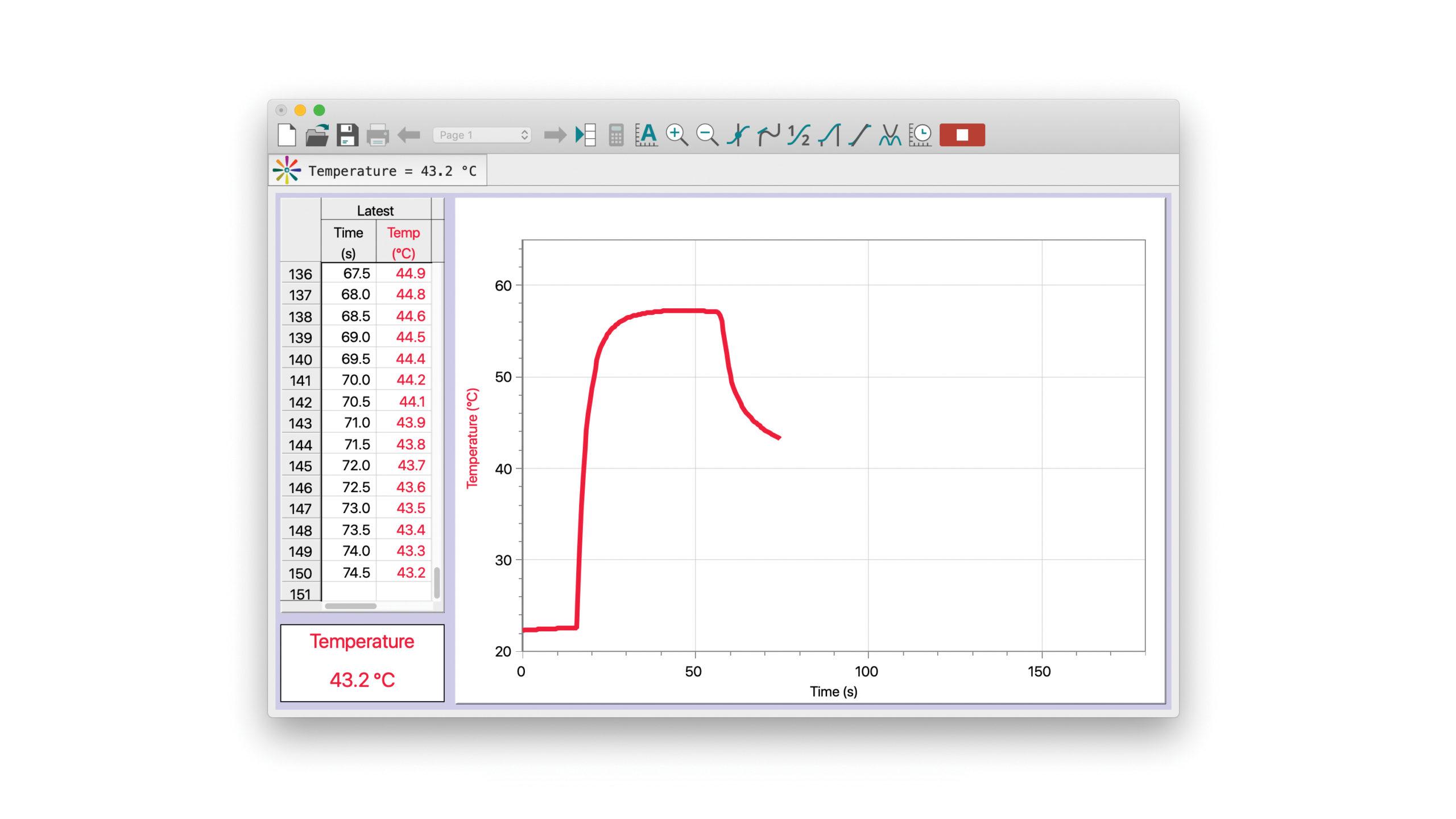Introduction
There are multiple ways to represent an object’s motion. If the motion is two-dimensional and lies in a plane, some representations include:
- Recording x and y coordinates of the object at different times in a data table.
- Displaying the object’s x and y locations at regular time intervals on a diagram.
- Drawing vectors showing displacement, velocity, and acceleration and their x and y components at different times.
- Using vector equations to represent velocity and acceleration vectors quantitatively.
Objectives
In this activity, you will
- Practice representing motion using vectors and vector equations that represent displacements as well as average velocities and accelerations in the 1/15th of a second time intervals between position measurements.
Sensors and Equipment
This experiment features the following sensors and equipment. Additional equipment may be required.
Ready to Experiment?
Ask an Expert
Get answers to your questions about how to teach this experiment with our support team.
- Call toll-free: 888-837-6437
- Chat with Us
- Email support@vernier.com
Purchase the Lab Book
This experiment is #12 of Physics with Video Analysis. The experiment in the book includes student instructions as well as instructor information for set up, helpful hints, and sample graphs and data.


